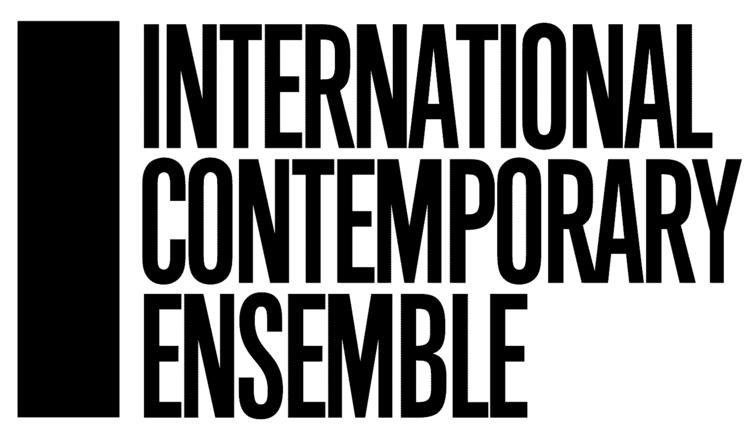Impressions from Row G
by Arlene and Larry Dunn (@ICEfansArleneLD)
Codex, a four-year-long project focused on a three-centuries-old manuscript, was brought to fruition by ICE at the Americas Society in New York on Sunday, April 7, 2013. The project, commissioned by Music of the Americas and curated by Sebastian Zubieta, Music Director of the Americas Society, challenged four contemporary composers to write new works inspired by the Codex Martinez Compañón (c. 1782-85), which documents the musical and cultural life in Peru at the time of Spanish colonization. The international and intergenerational composers – Paulo Rios Filho (Brazil, b. 1985), Du Yun, (China, U.S., b. 1977), Aurelio Tello (Peru, Mexico, b. 1951), and Alvin Lucier (U.S., b. 1931) – were all in attendance. They presented an equally diverse array of music that was tantalizingly played by Tony Arnold (soprano), James Austin Smith (oboe), Campbell MacDonald (clarinets), Nuiko Wadden (harp), Dan Lippel (guitar), Jennifer Curtis (violin), and Ross Karre (percussion).
The most dramatic and stirring work was Filho’s TransColonização. Filho sees in the Codex the violence of colonization upon indigenous peoples’ language, religion and liberties. His piece follows the geography of Peru from its Amazon jungles into its hills and down to the coast. Skittering oboe and bass clarinet led the way, then joined by Ross on a complex array of drums, gongs, marimba, wind-tube, and wood blocks – all suggesting forces wildly at odds. Tony began “making rain” by crumpling cellophane. Others joined in rain-making as Tony sang a dramatic passage that segued into quiet recitation, then wordless humming. Throughout, Tony portrayed the colonizer in both her singing and her theatrics. Her voice was often loud and demanding, drowning out the other players, the indigenous peoples. She carried a bird cage at key moments and confiscated items from the other musicians – first, their rain-making cellophane, then stones they had ritually knocked against each other, and finally seashells they held to their ears – placing them all in the cage. She finished, singing “It was just a dream,” then whistled as she walked off the stage.
The program opened with Du Yun’s Your eyes are not your eyes for harp, oboe, voice, guitar and violin. Du Yun explained that in her studies of traditional music around the world she has found remarkably similar sounds at the root. The piece began with field recordings Jennifer made of birds and other nature sounds during visits to Peru, accompanied by faint violin sounds as Jennifer entered the room from off stage. The other musicians joined, playing a lovely melody led by guitar and harp, with wordless murmuring from Tony. The tempo and volume increased as the piece took on an Asian-inflected tone. The piece closed in a surprising fashion as Du Yun, singing from her seat in the audience, joined Tony is a sublime duet.
The other two works were equally effective in their own right. Tello offered three selections from the Codex that he re-interpreted for modern instrumentation, exemplifying the mix of Baroque and Amerindian music with dancing as a central feature. Lucier’s Codex was the most abstract work and reminiscent of his style, taking a brief sound patter and exploring the many ways it can be manipulated and played against itself. He chose the first six pitches of Lanchas para baylar from the Codex and invented ways for six musicians (no percussion) to play these six tones in various orders, combinations, and sequences. Tony sat throughout this piece, indicating that her voice was one of six equal instruments. The overall effect of the piece was serenely naturalistic, despite its abstractness, perhaps revealing that Lucier had found the “code” hidden in the Codex.







